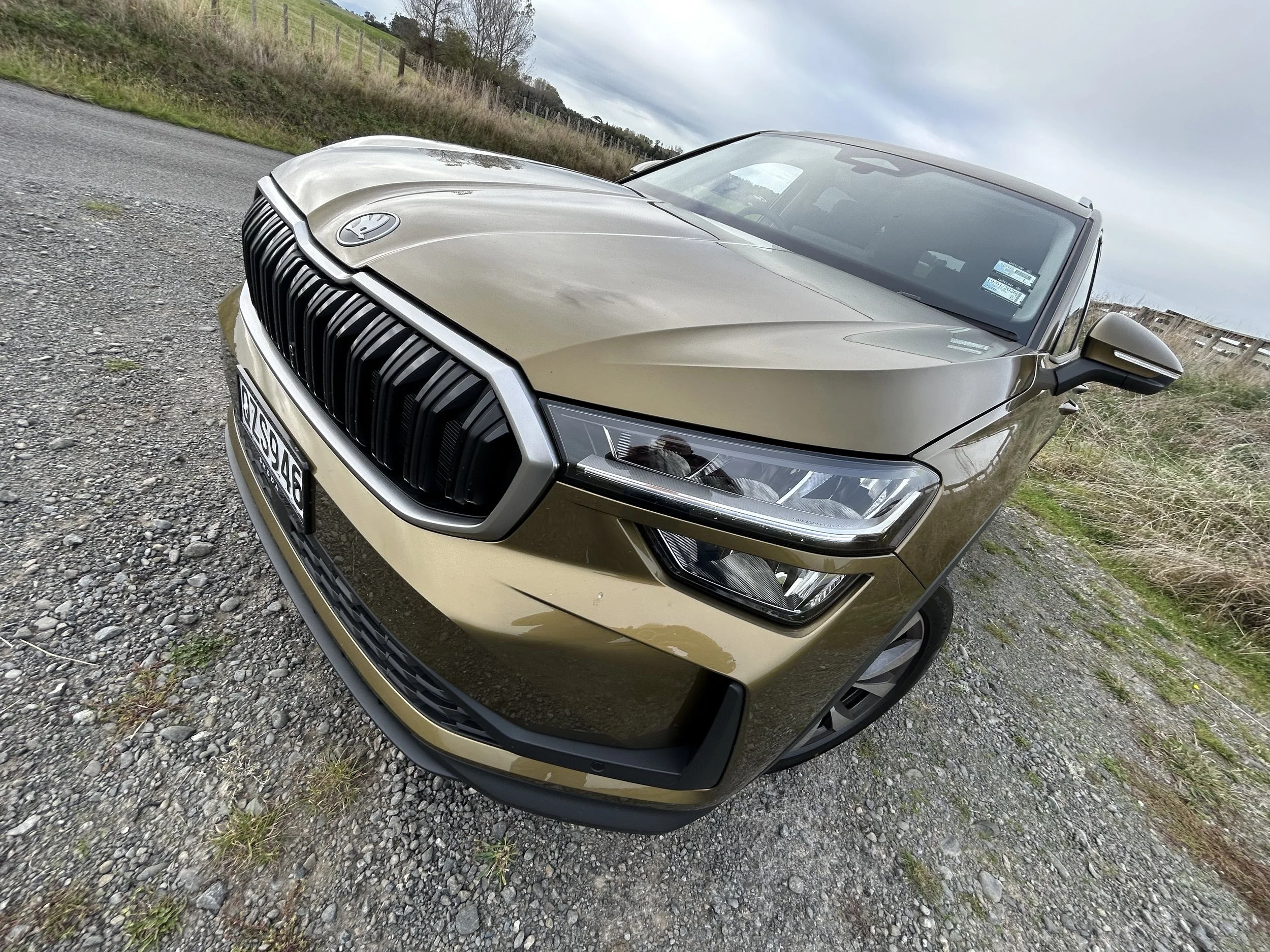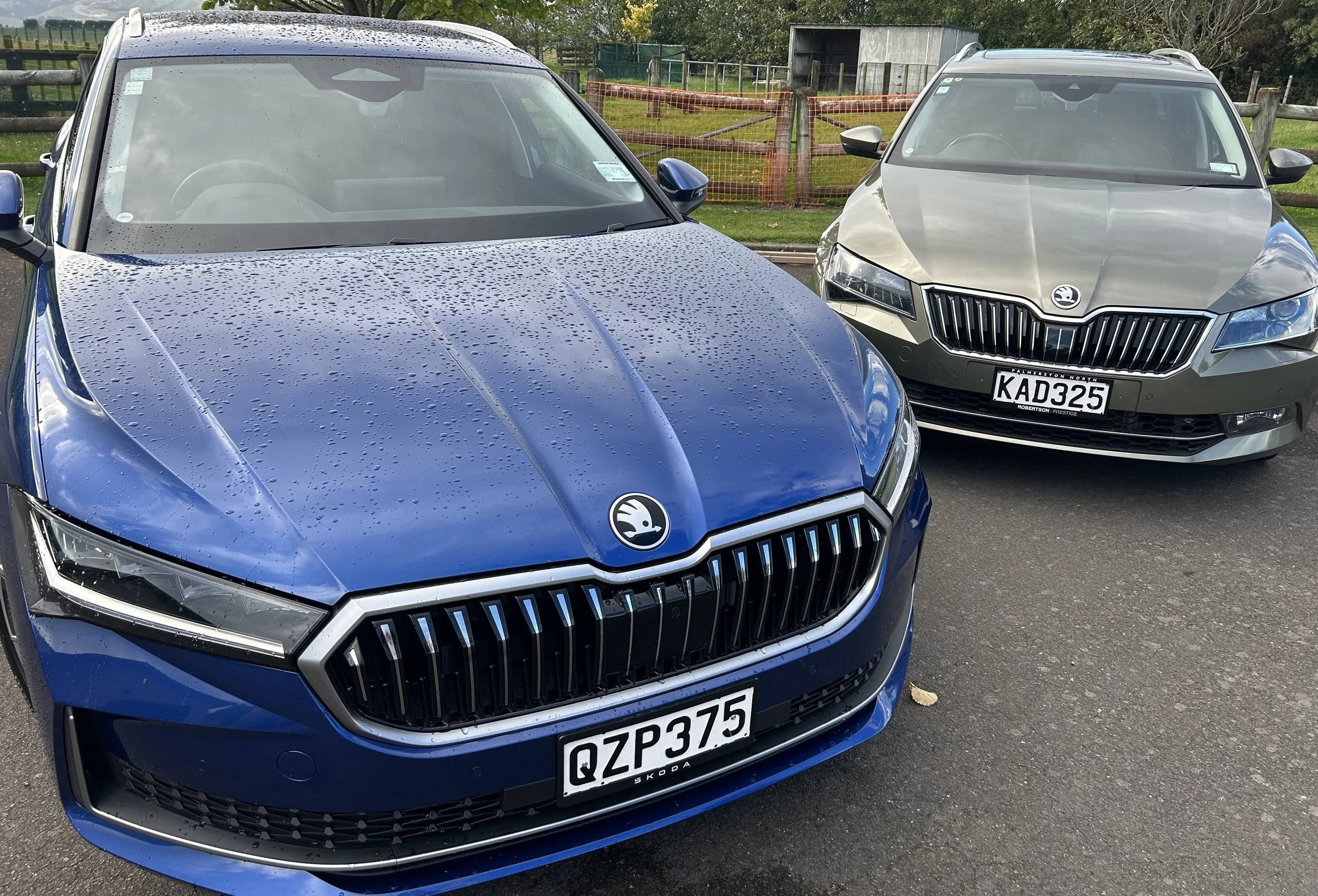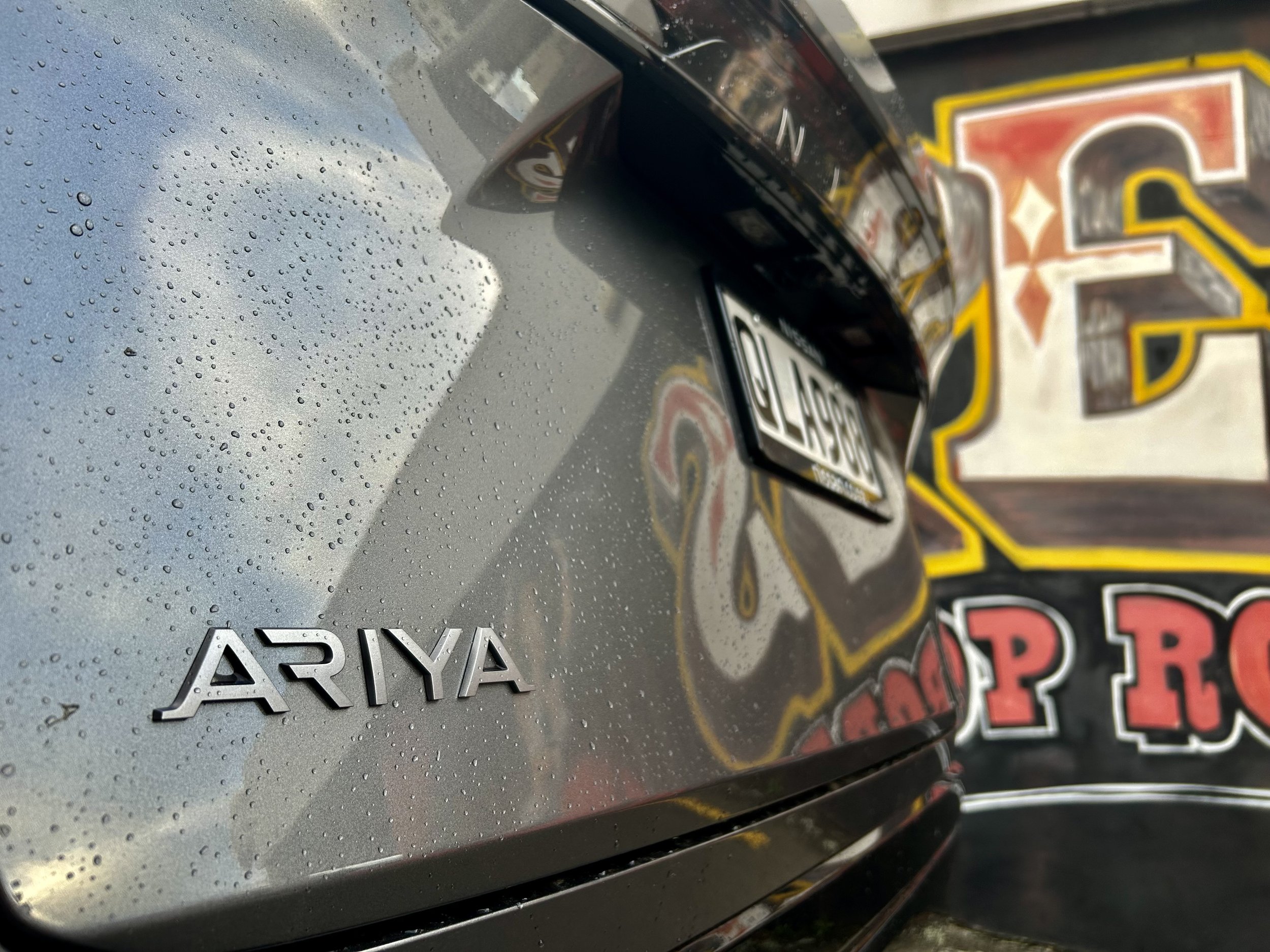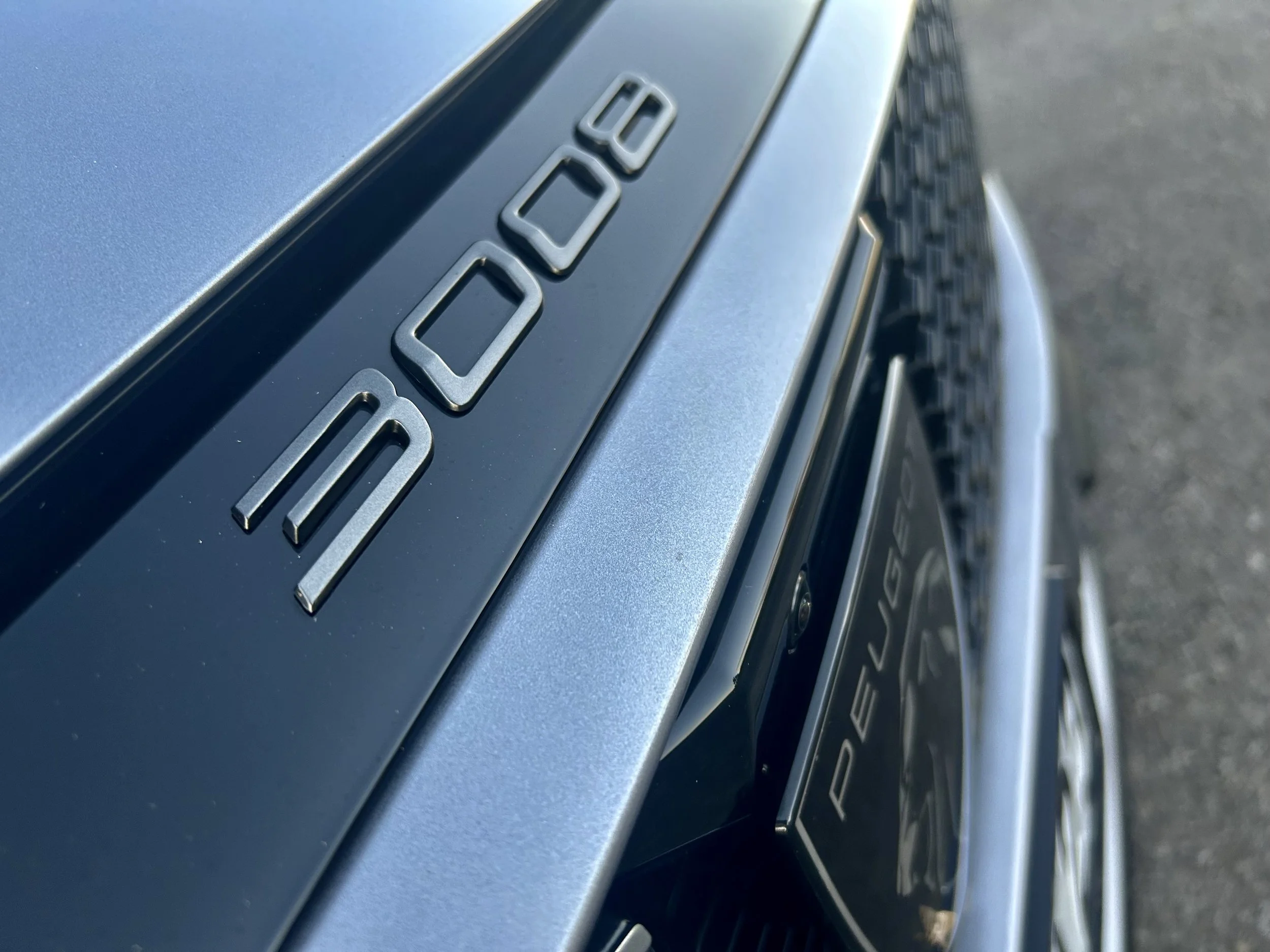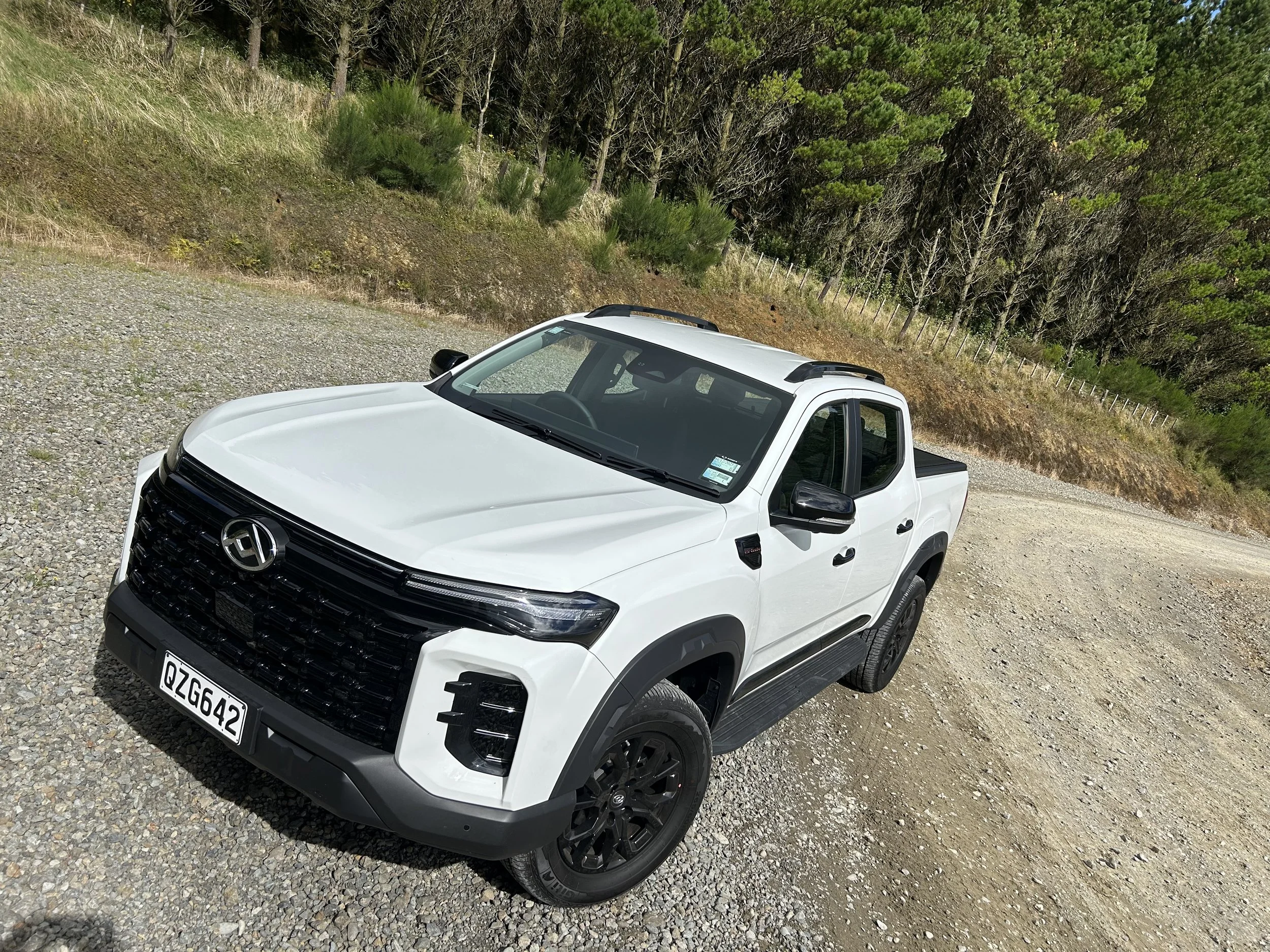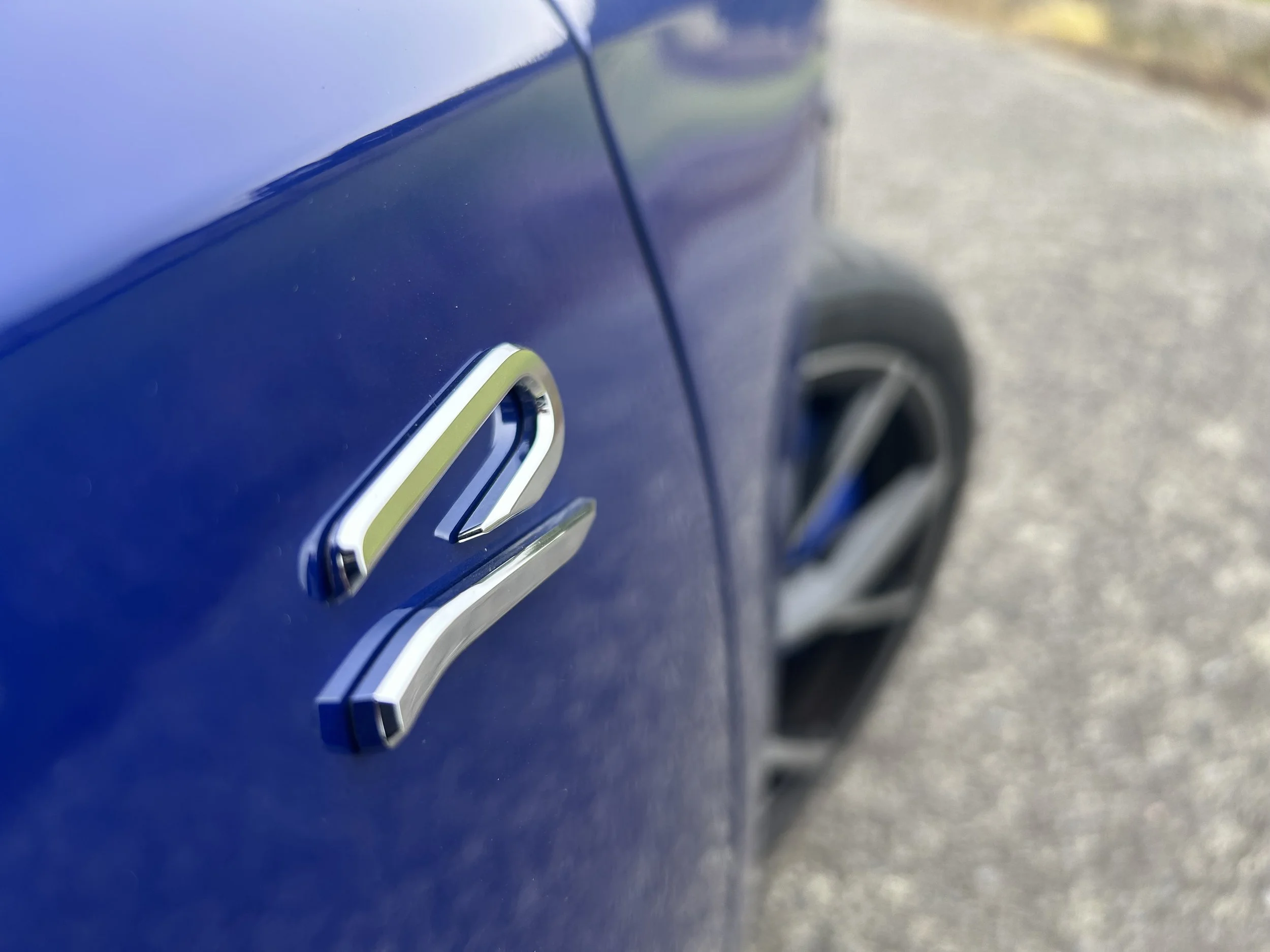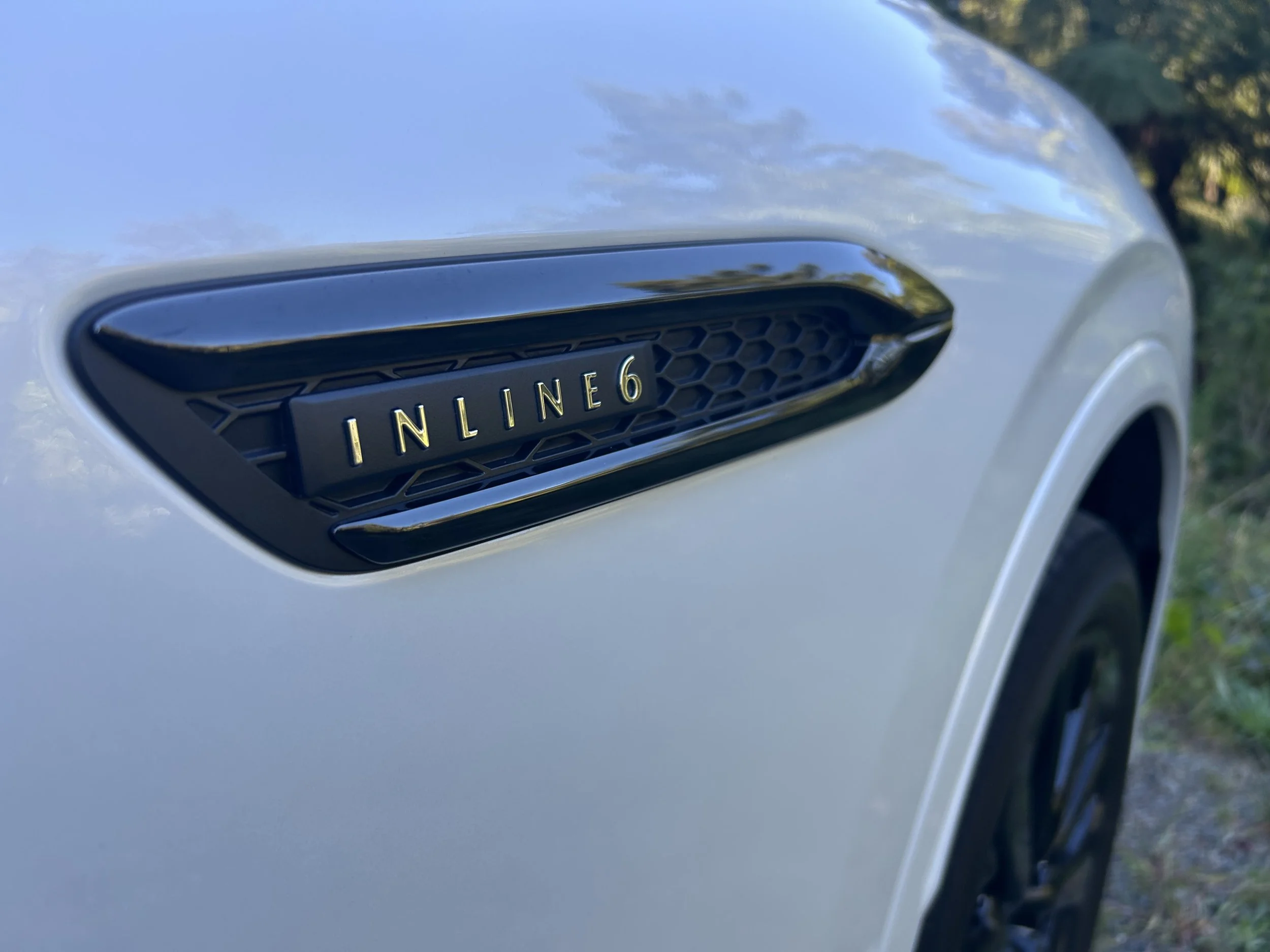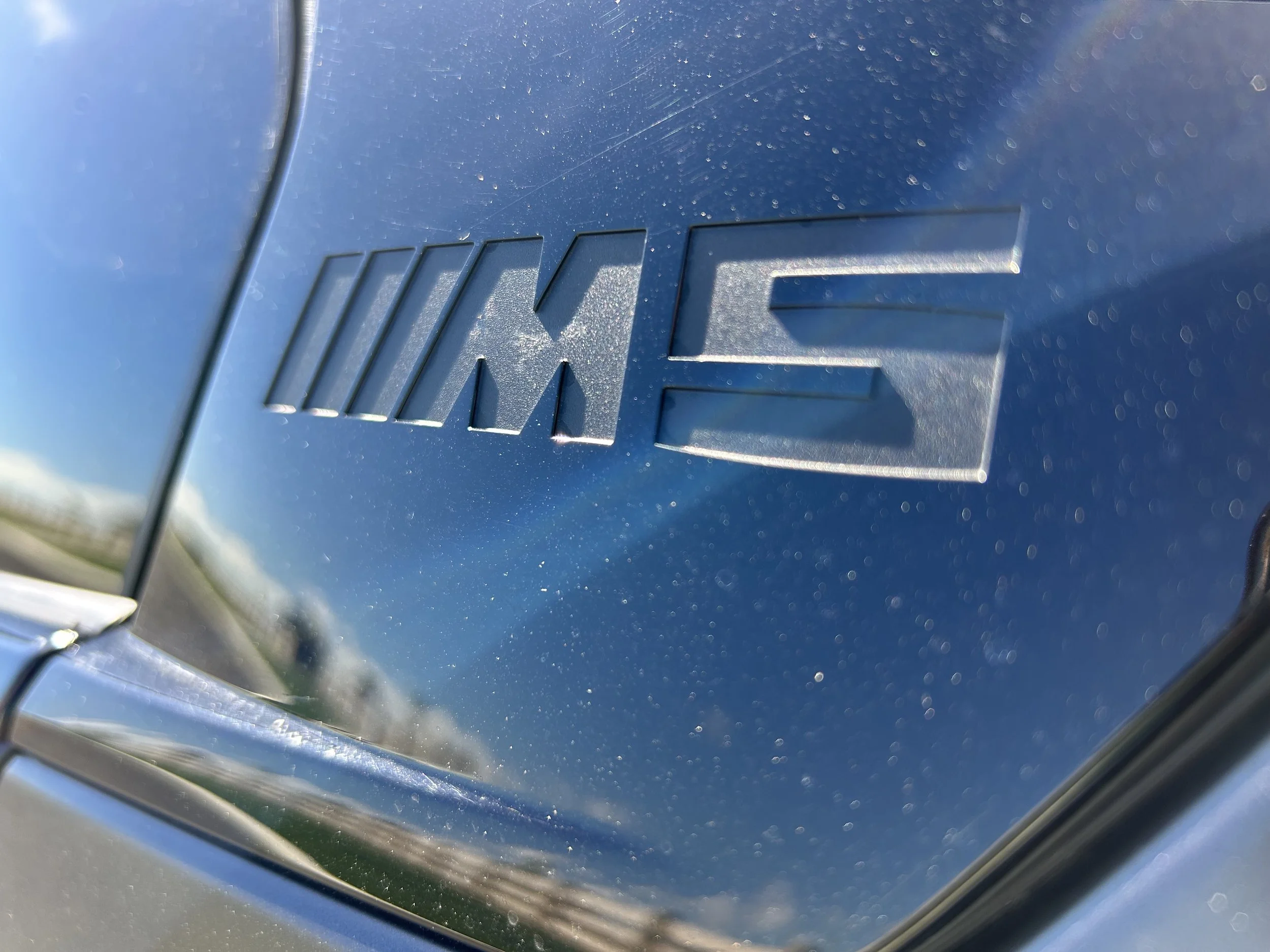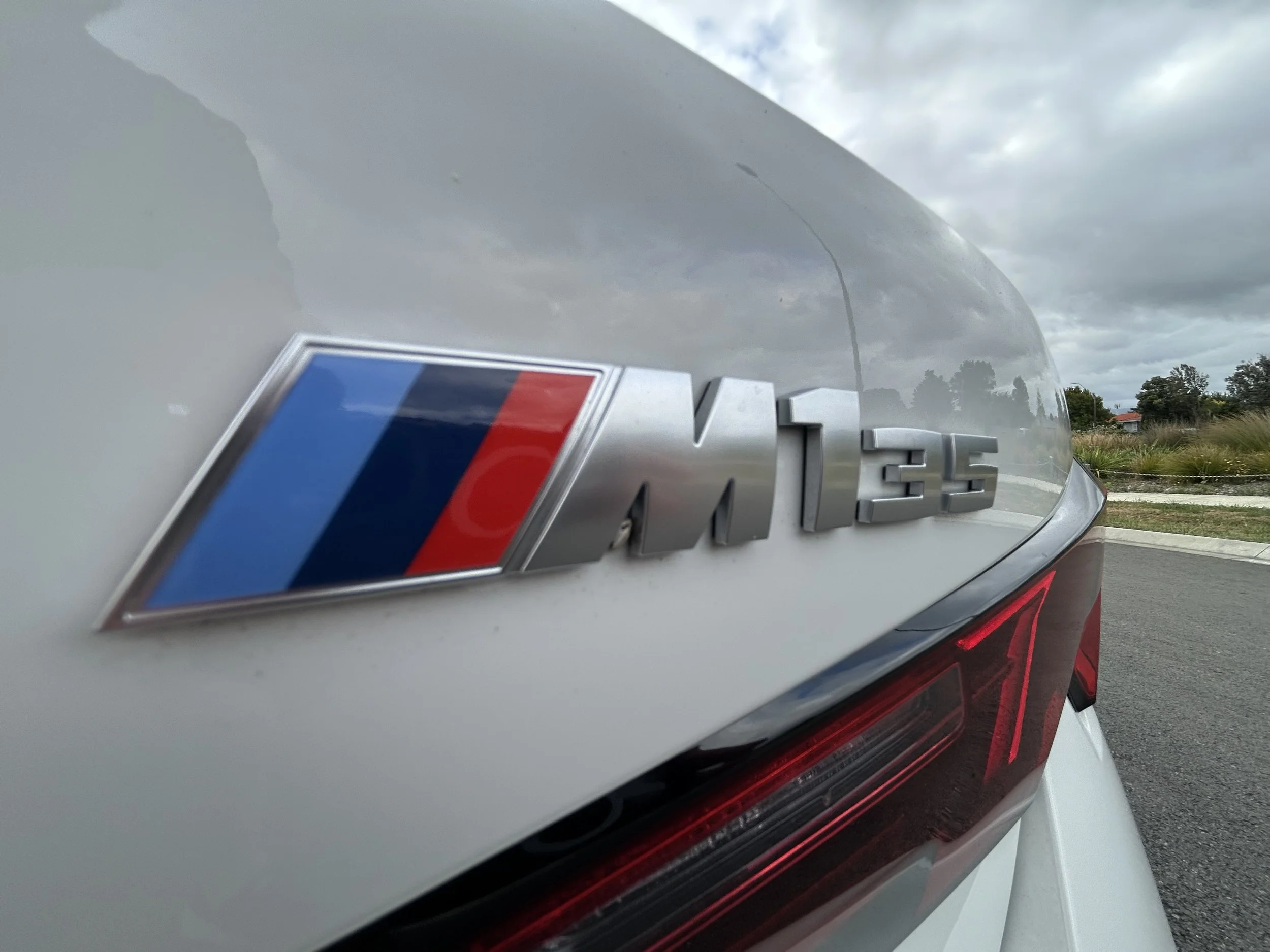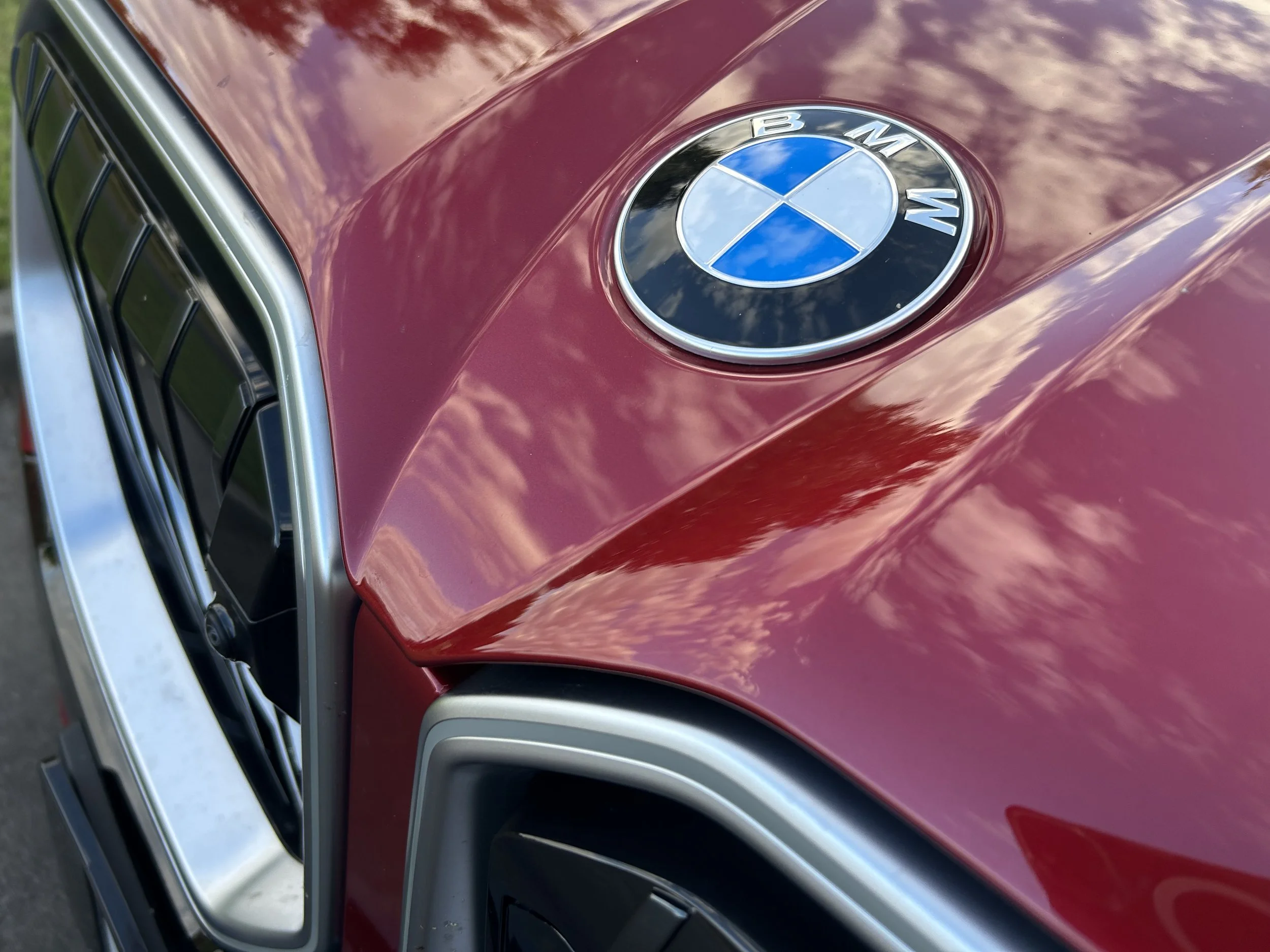Honda NZ going electric in May
/Pricing for eNy:1 is still be be decided. But comparison analysis under way.
TESLA Model 3, MG4, BYD Atto3 … those are the electric models a Honda New Zealand high-up has already tried out to get a handle on where his own electric car fits into the local scene.
Honda New Zealand managing director Nobuya Sonoda will not be drawn into commenting on whether any of those will be direct rivals for the e:Ny1, which the brand today announced will launch in May.
Ostensibly, his test runs were simply to sample cars that have, over differing periods of time, been favourites with electric vehicle buyers.
“We are still deciding on the competitors, still deciding on the price,” he said about the five-seater, which closely resembles the HR-V yet is a different development.
After a succession of strong years, the new electric vehicle market dropped 74 percent last year. Is this the best time to launch?
Honda NZ executives suggest there are pros and cons to representing in that sector; rationally, it’s not going to be an easy path. On the other hand, the brand also feels it has to come into the sector nonetheless; that’s the way the world is turning.
“It is a very difficult time for EV,” said Sonoda this morning. However, in respect to the qualities of the e:Ny1, he seems many positive. “Personally I am very excited.”
It is not clear if any e:Ny1 are already in NZ. Sonoda went to Thailand recently to drive the model on a factory test track.
He said it was an enjoyable experience, with the car delivering pleasing dynamics traits. He feels it will please Honda fans on that front.
The only existing right hand drive export market for eNy:1 has been the United Kingdom.
It takes the model - whose naming to to engender impression this is an ‘electric for anyone’ - in 152kW single motor front drive format, using a 61.9kWh battery (usable capacity) lithium ion battery offering 411 kilometres WLTP-cited range and 0-100kmh in 7.2 seconds.
Pricing the car is proving to be an interesting exercise, Sonoda says.
If BYD Atto3 is to be considered a rival, then conceivably Honda NZ is looking to position around $58,000. That’s the going rate for a MY2024 Atto3 (some residual 2023 stock is at discounted price) with a 150kW/310Nm motor. Battery sizes are 49kWh and 60kWh.
If MG4 is the barometer? That car spans from $42,990 in base Excite 51 through to $59,990 in Long Range 77. Above that resides the XPower, unlikely to be in Honda’s consideration given its an outright performance model. MG4 types in the mainstream range alternately runs 51kWh, 64kWh and 77kWh batteries, with respective outputs of 125W and 150kW, both with 250Nm, and 180kW/350Nm.
Telse Model 3 in rear-drive wheel drive, Standard range trim - a car that seems the most conceivable consideration in Honda’s thinking (assuming it is) - is a $66,145 car. It has 210kW output feeding from a 60.9kWh battery. Tesla does not provide a torque output.
The only other export market for e:Ny1 is the United Kingdom, which has selected other rivals, but all but one is presently unavailable here. The exception is Nissan Ariya.
The front-drive editions of that car equips with a 63kWh battery and represent in NZ for $76,990 (Engage) and $82,990 (Advance), but those full RRPs only hit after March 31. Until then they are discounted to $59,990 and $69,990, plus on-road costs.
Planning for e:Ny1 has included installing electric car recharging at the make’s Honda Store in Nelson, which includes the facility where cars were once assembled. Now it is a storage hub for new product landing in NZ.
Honda NZ’s electric-involved presence has to date restricted to petrol engine-tied hybrids, some so advanced as to use the combustion element as a generator of electric feed.
The latest of that line, the $59,000 Civic hatchback, was driven yesterday by media, from Nelson through to Hokitika, where Sonoda’s announcements were made.
The close styling and size similarity means the 4387mm long e:Ny1 could conceivably pitch in the Honda fan mindset as a fully electric alternate to the HR-V petrol hybrid crossover, which has been here since August in $45,800 Sport format.
The two cars share an almost-identical body and are visually so alike it could be imagined Honda has taken the HR-V, blanked off the grille and stuffed a battery underneath in place of the engine.
However, although they do look superficially alike on the outside, underneath the e:Ny1 uses a bespoke all-electric platform, called e:N.
The architecture could yet have an interesting place in Honda’s electric car programme, which ultimately aims to reach to solid state battery cars before end of this decade.
Two years ago e:N was the underpinning expected to be the basis of an entire new lineup of fully-electric Hondas.
Now? Not so much.
In unveiling of two concepts - and sharing of an on-sales strategy (basically, kick off the United States next year, then sell in Japan and Europe) for their lookalike production formats - Honda made clear that the strategy has now moved to to an all-new platform called the 0-Series. As in Zero Hour, a new starting point for the brand’s electric car plans.
Honda NZ has hinted Zero cars will one day come to NZ, but from sentiment shared that won’t happen until at least 2027.
There is conjecture, now, that ultimately the e:Ny1 might also become an electric orphan, a status already held by Honda’s first electric car, the Honda e.
However for its part the factory has signalled long-term allegiance to the e:Ny1, suggesting it has a valid global role to play.
Much moreso than the Honda e, which was expected to capitalise on a growing market for electric city cars in Europe and Japan, and was planned to lead the Japanese car giant's EV rollout, but instead ceased production last year after just four years of sale.
A small count of Honda e cars exists in NZ, having arrived as grey imports but it was never on the cards as a Honda NZ product.
The e:Ny1 is more sober-suited styling wise than the Honda e, but is designed to be a better all-rounder.
For the hopes attached to it, the ‘e’ suffered slow sales and was criticised for carrying a high price and offering a limited 200km driving range.
In respect to technology, Honda has taken opportunity to furnish the e:Ny1 with Honda Parking Pilot, which gives the car the ability to park itself.
Also, while most Honda models still come with physical controls for the air conditioning and some physical shortcuts for the infotainment system, the e:Ny1 does away with them.
Instead, everything is controlled through the central, vertical 15.1in touchscreen, which is split into three sections – the bottom of which is permanently used for the air-con and heated seat controls.
The configuration accepts Apple CarPlay and Android Auto, with those displays smartphone mirroring on the top screen with driving data continuing in the middle.
In the UK the e:Ny1’s range, roominess, practicality and performance have been praised, some have questioned suspension tune - say it is firm doesn’t offer the most cosseting experience for longer drives - and the maximum DC rapid charging speed being a modest 78kW. In optimal conditions, fully recharging the car on AC takes about 6.3 hours, but even on DC it's a 1.7 hour process. Of the other models cited in today’s story, the Tesla has the fastest DC charging speed, cited at 170kW.










